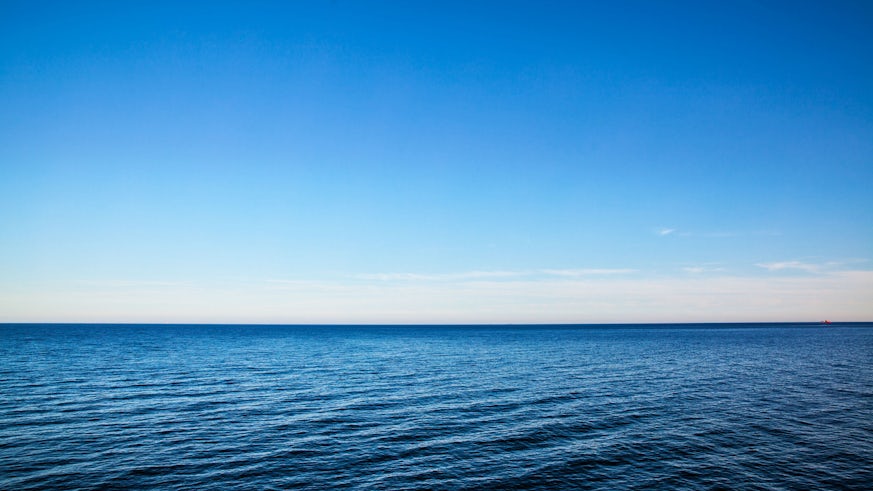New light thrown on hunt for MH370
11 February 2019

New insights into the behaviour of underwater sound waves has identified two new possible locations where the missing Malaysia Airlines Flight MH370 might have impacted with the ocean.
Researchers at Cardiff University have put forward these alternate locations based on new calculations of the interaction of acoustic gravity waves with the elasticity, or flexibility, of the sea floor.
The research suggests two possible impact locations in the northern part of the Indian Ocean off Cape Leeuwin, Western Australia and Diego Garcia, which is part of the Chagos Archipelago.
The team, led by Dr Usama Kadri from the School of Mathematics, arrived at their findings after studying signals obtained from underwater microphones situated throughout the Indian Ocean.
The underwater microphones, more commonly known as hydrophones, are designed to detect signs of nuclear testing in the oceans, but they can also be used to pick-up acoustic gravity waves.
When you drop a pebble in a lake, water waves are generated from the location of the impact, while sound waves create the splashing noise you hear. Another type of wave is generated inside the water too: hydroacoustic. Similar to a sound wave, hydroacoustic waves move much faster through the denser water than they would through air.
Similarly, when a large object, such as a meteorite or aeroplane, impacts violently at the surface of an ocean, it generates large surface waves, and a family of sound waves that come from a sudden change in pressure known as acoustic-gravity waves. These can travel thousands of kilometres through the water, carrying vital information on the source of the impact, before dissipating.
Previous research undertaken at Cardiff University has shown how acoustic gravity waves can be used to detect the precise time and location that objects fall into the oceans.
Since then the team have been analysing data taken from hydrophones in the Indian Ocean on 18 March 2014 when the Malaysian Airlines Flight MH370 went missing with 239 people on board.
Their new study, published in Scientific Reports, has built on this research and now accounts for how the flexibility of the sea floor would affect the speed at which acoustic gravity waves travel after a specific impact in the ocean.
The findings suggest that when this is taken into account, the possible impact locations of the MH370 plane could have been further away from the hydrophone stations than they initially thought.
Dr Usama Kadri said: “Since our initial suggestion of using acoustic gravity waves to identify the time and location of ocean impacts, our research into these waves has moved and we have now been able to identify two locations where the MH370 aeroplane could have impacted with the ocean, as well as an alternative route that the plane may have taken.
“The locations of signals found do come with high uncertainty but still require further detailed and careful analysis.”
The new findings have been communicated to the MH370 Safety Investigation Team in Malaysia, the Australian Transport Safety Bureau, and other relevant authorities with the hope that the search will be resumed to find the missing aircraft.
Share this story
The School is committed to excellent teaching, scholarship and research, and to supporting its students to fulfil their academic potential.


